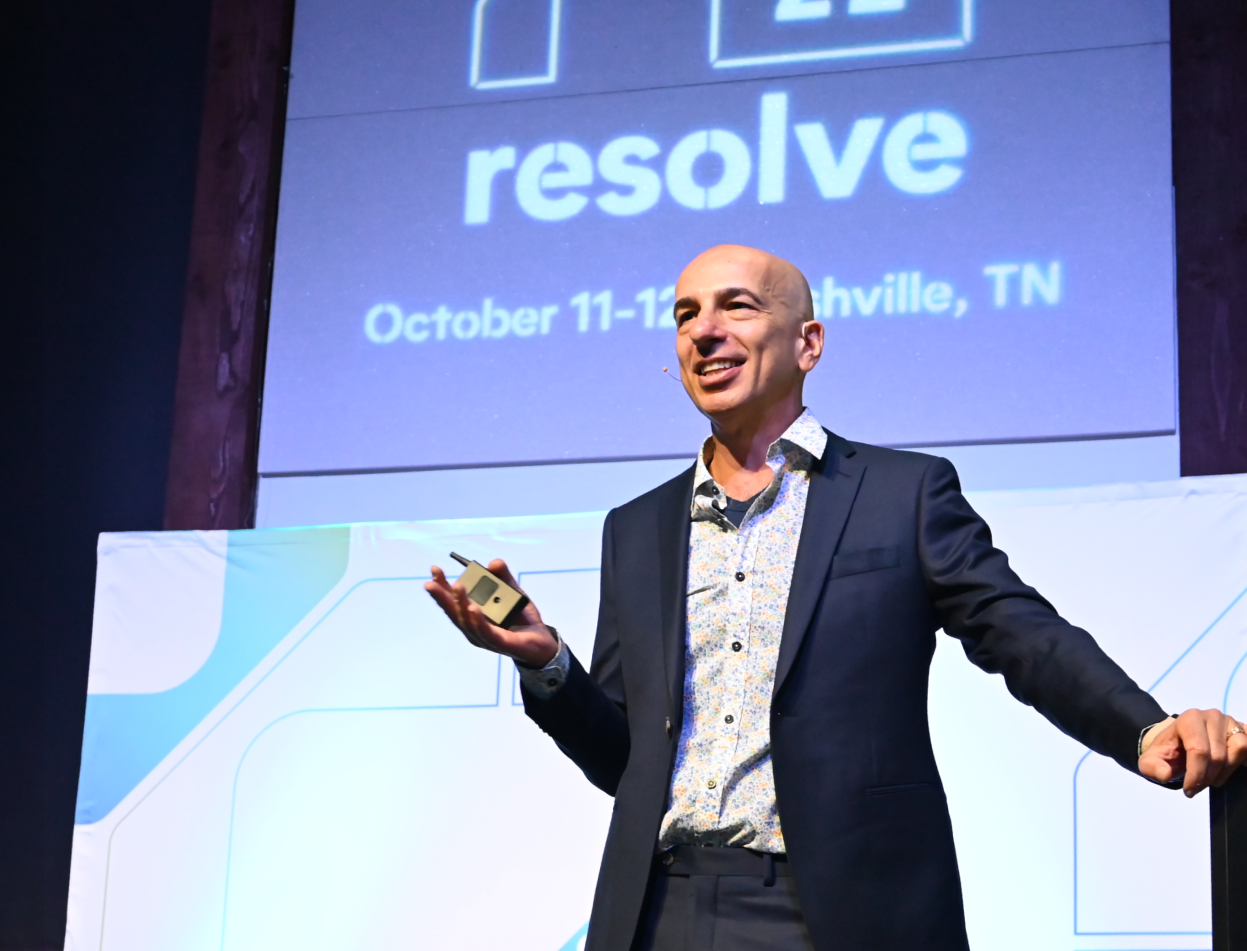2020 was an extraordinary year in customer service. It was also an incredible year for Replicant, and the two are somehow connected.
During the decade preceding 2020, customer service ran predictably. Most companies grew steadily and leveraged the spread of fast internet to outsource customer service to Europe, then to Manila, and recently, to smaller towns worldwide. Efficiency was gained through a less expensive workforce, and the challenges of hiring, training, scheduling and maintaining adherence, were outsourced as well. While these strategies didn’t solve the inherent challenges of operating large scale customer service organizations, they pushed them farther out of view.
At the same time, a new technology started to emerge – Artificial intelligence (AI).
A vague promise at the start of the decade, AI is finally taking shape and starting to make a real impact. With an understanding that AI could resolve some of the fundamental problems in customer service and have meaningful, human-like conversations with customers, we brought Replicant to market.
As covid-19 sent a shockwave throughout the world, companies realized that they could no longer rely on human-only service models. Agents, especially international agents who could no longer take phone calls from crowded homes in the middle of the night needed help to support countries in different time zones. That was Replicant’s time to react. For one customer, we launched a Thinking Machine™ in three days that answered all of their incoming customer service calls, triaged and prioritized them, and assigned them to the right technician. We launched Replicant quickly so their customers – fast-food restaurants all over the country – could continue operating their equipment at scale. For another customer, we automated a major digital business process in their supply chain, taking on 30,000 complex calls per day in less than six weeks. This customer was able to save nearly $4m a year on their call center operation costs and improve customer satisfaction by reducing order errors after implementing Replicant.
With the experience we gained in the first few months of the pandemic, we envisioned a new customer service era: one in which AI could handle mundane calls, helping customers change addresses, skip shipments, or request a new insurance quote, so that more skilled agents were freed up to handle complex, emotional issues that require human empathy. In doing so, Replicant is leveraging one of the biggest strengths of machines – an ability to perform high-volume tasks consistently and at endless capacity. At the same time, we are also elevating some of the most important human strengths like creativity, empathy, and the ability to build rapport. And after Replicant is in place, a more satisfied customer awaits on the other end of the line, as they get their calls answered and their issues resolved without hold times, anytime, anywhere.
A lot had to happen in 2020 to support an uptick in customer demand for Replicant. We started the year with fewer than 20 employees and finished with 55. A 500X increase in call volume sent the engineering team to add more servers, launch two high availability data centers and polish their code. While not pausing for a minute, we raised $27M in series A financing from Norwest Venture Partners, adding one of the key executives behind Salesforce’s $5B Service Cloud business to our board. And, we did all of this while staying true to our values:
We only engaged with customers when we could take on calls we could resolve, rather than route or deflect.
We stayed away from enabling unwanted outbound calls and telemarketing, always keeping the customer on the other end of the line front and center.
We ensured that every customer we signed-up, went live and achieved their business goals, often after trying and failing to use well-known players.
I am very proud of the team’s work and hope you demand the same standards from us as we move forward together.
As we start 2021, we hear a constant theme from customers and soon to be ones: elasticity is our number one priority. With unpredictable vaccination campaigns, new strains of viruses, and ever-changing local restrictions, no customer service leader can predict customer demand and expected call volumes. If they could have waved a magic wand, they would have preferred to start 2021 with flexible capacity that can expand and contract in minutes according to customer demand. When you harness AI to design an elastic, Tier-1 first line of defense for your highest volume calls, you can protect your most experienced agents from fluctuations in demand, offer faster customer service, and reduce costs as you no longer have to pay for unused capacity, and can even save on per-minute costs, as AI is cheaper to operate. The promise of Replicant’s elastic customer service is exciting not just for the customer experience but for the industry as a whole.
And, as we’ve seen in the past, major market shifts always boost automation. A few years from now, interacting with a Thinking Machine on the phone or via text will be as natural as interacting with a live agent. And just like ATMs did not replace humans but allowed them to instead focus on more complex tasks, Thinking Machines will team up with agents to provide the most optimal customer service imaginable.
We all hope to finish 2021 better than we started it – vaccinated, hosting our friends and family again, and enjoying travel. We can also end 2021 with a new customer service strategy that will not only help during these testing times but will serve you and your customers for decades to come.
Sincerely,
Gadi Shamia




